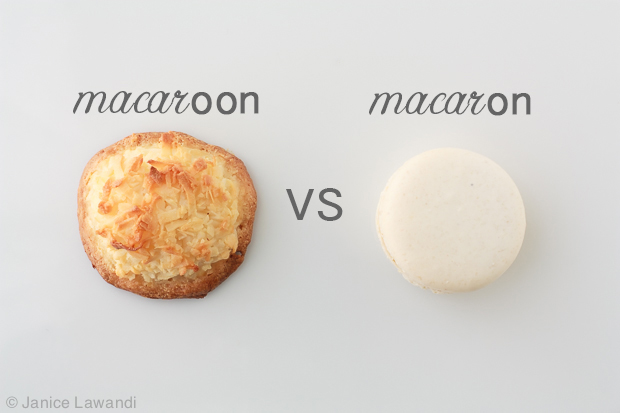
I remember reading an issue of Bon Appétit magazine that featured macarons a few years ago. Bon Appétit referred to them as macaroons throughout the entire magazine article, and I was a little pissed off disappointed. There are macaroons, and there are macarons. They are not the same thing. I suppose that translating the French baking term "macaron" into English might yield the word"macaroon" (Merriam-Webster), but since when do we translate the names of pastries? For example, a croissant is a croissant, in both English and French, therefore why would we treat the word "macaron" any differently? Perhaps I am being overly nitpicky.
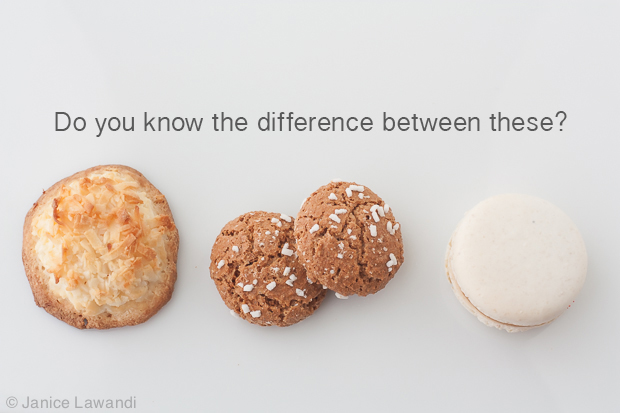
Macaroons and macarons are pretty similar in that they are made from egg whites and sugar, but macarons contain finely ground almonds, while macaroons are made with shredded coconut. Actually, there is a third cookie that falls under this category of egg white-based confections: the Italian amaretti, made from egg whites, sugar, and ground almond (or sometimes the nuts of apricot fruit). Amaretti usually flavoured with liqueurs, like amaretto, and therefore can have a more pronounced bitter almond flavour. That signature "bitter" flavour is where amaretti cookies get their name ("amaro" in Italian means bitter).

Interestingly, there is a key step in making macarons called "macaronage" where the ground almonds and powdered sugar are folded into the meringue. The goal is to deflate the egg whites a little, but not too much. If the meringue is not deflated enough, the macaron shells will be lumpy looking and won't appear as perfectly smooth mounds. If the meringue is deflated too much, the shells will spread too much and might lose that signature "foot" at their base.
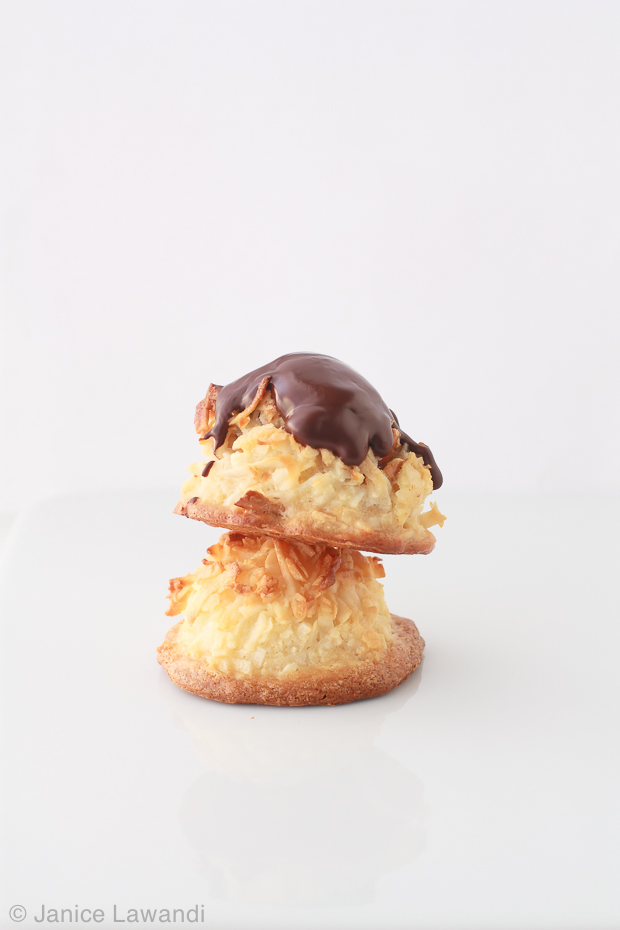
Macaroons in North America are coconut-based and served plain, or topped with chocolate. Sometimes they are flavoured, and they can even be sandwiched with fillings (like in The Macaroon Bible). Macaroons are crispy chewy and they are much more rugged than macarons, the shells of which are more delicate, with a crispy exterior and a soft interior. See, macaroons and macarons really aren't the same at all. Coconut macaroons may have been born from a version of the almond macaron recipe at some point, historically, and their names might come from the same Italian verb maccarone, but I still don't think that's a reason to refer to a macaron as a macaroon, or vice versa. Today, they are very different cookies.
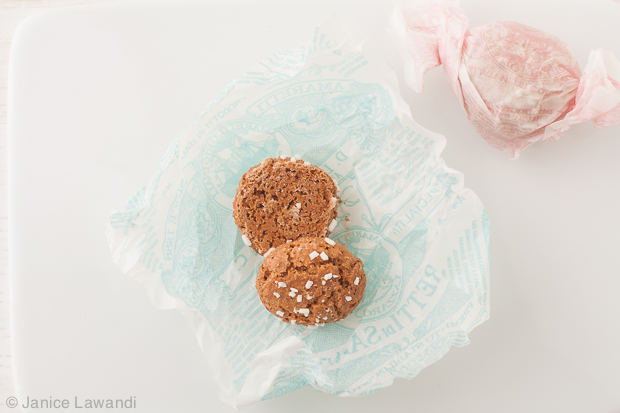
Amaretti can vary in texture, depending on how they are prepared. The amaretti di Saronno are very crispy with a delightful but light crunch, while amaretti morbidi are chewier and softer. The bitter almond flavour of amaretti cookies really sets them apart and is what I love about them the most. Again, they can be sandwiched with some dark chocolate.
So, perhaps they all share the same origins, and they all have similar recipes, but macaroons, macarons, and amaretti still aren't the same cookie, and the recipes/flavours seem to be quite dependant on the country each of them is from. Now, would you call an amaretti cookie a macaroon? No because they are quite different. So why would you call a macaron a macaroon? In a sense, amaretti could be construed as closer to macarons as they are composed of the same base ingredients, but amaretti have that distinct flavour... I say, if you are eating a macaroon, call it a macaroon. And, if you are eating an amaretti, call it an amaretti. And, if you are eating a macaron, how about we just call it a macaron?
Don't forget, to check out my review of the Macaroon Bible.

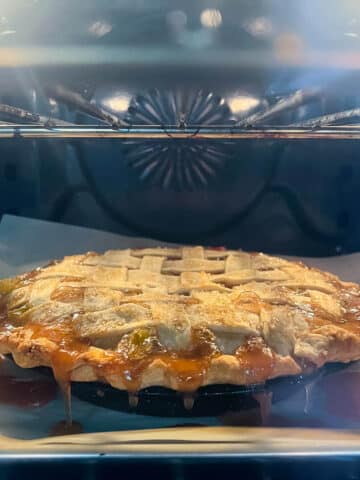
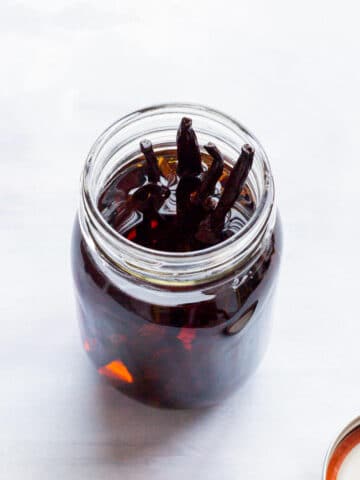
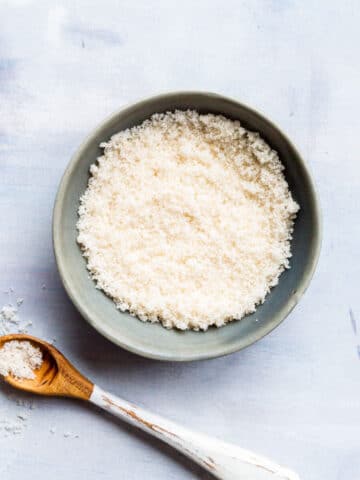
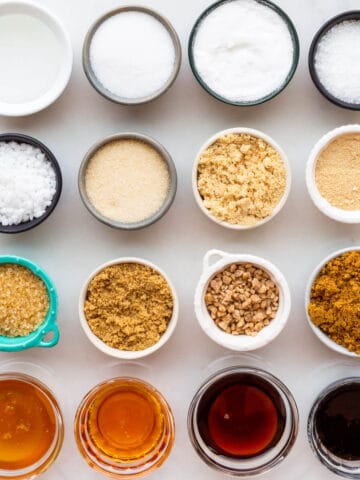
Barbara | Creative Culinary says
I do know the difference; I've made all three. For my time and money I still love the macaroon...yes, dipped in some dark chocolate!
Charlotte says
Thank you! I have wondered about this distinction - or lack thereof - for months. I love macaroons, but feel so-so about macarons. And now I can properly voice why, and the difference!
Medeja says
Janice, this is such a helpful and informative post! Thank you!
Liz says
This blog was a real education! Thanks!